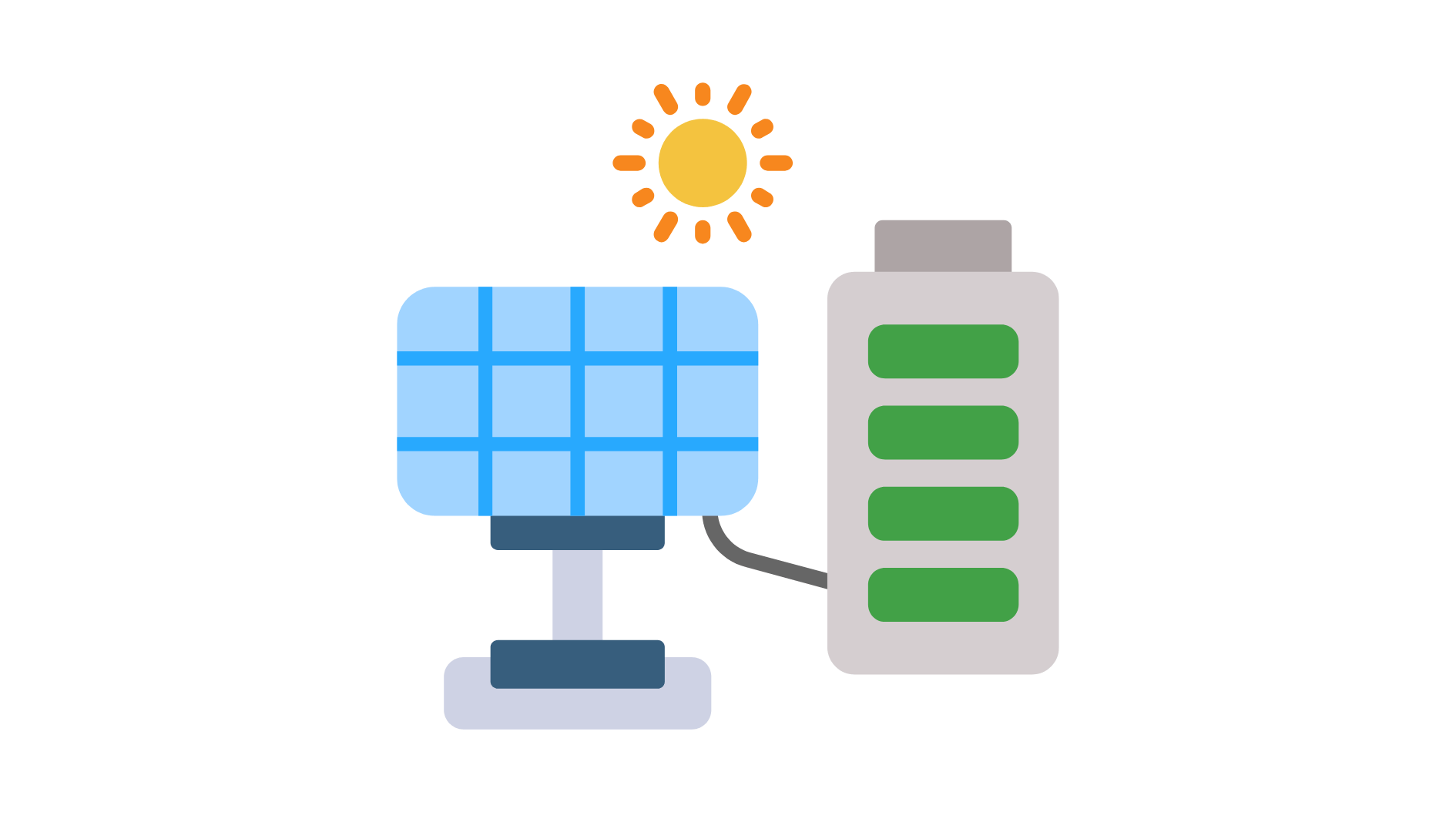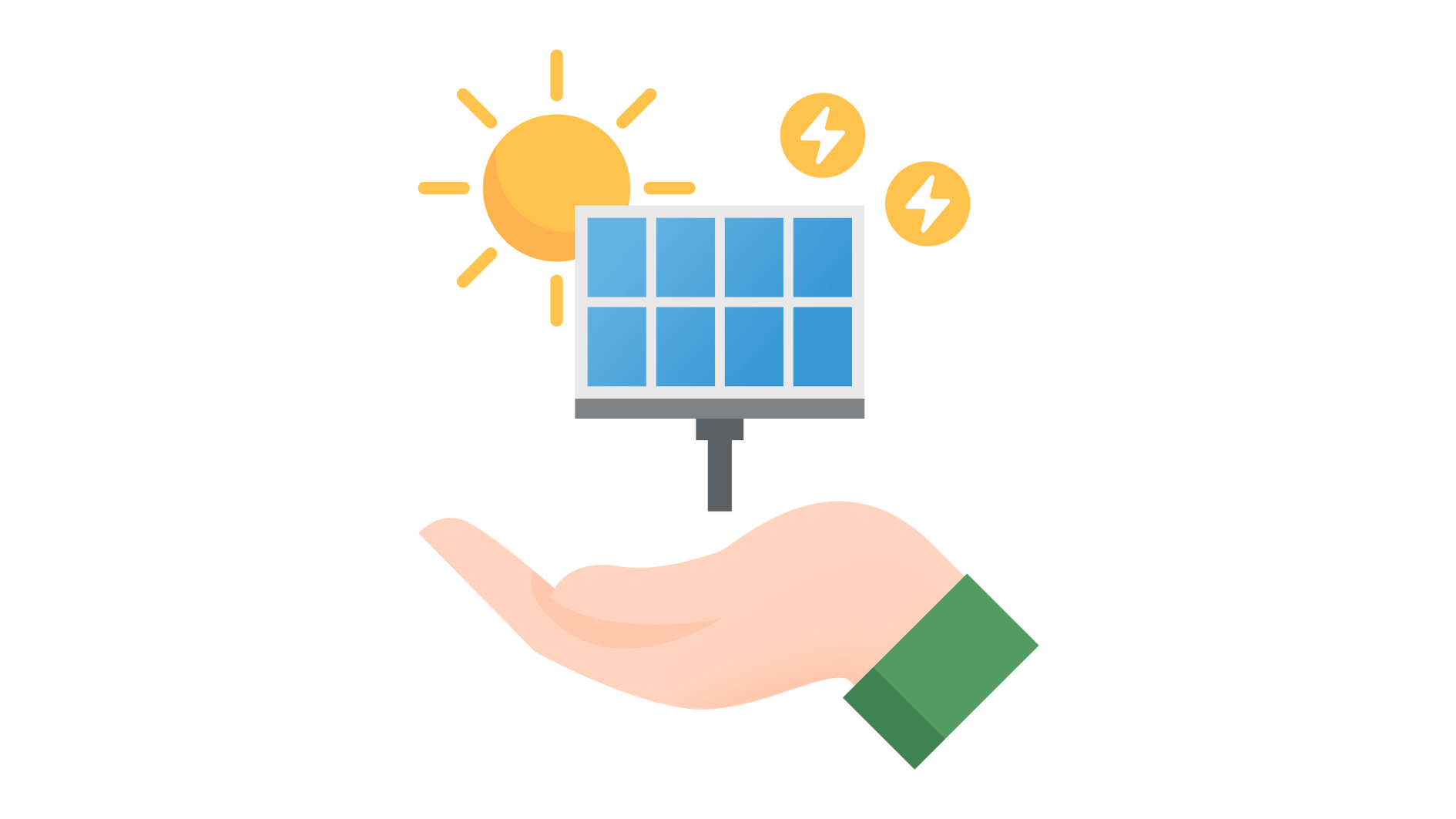Back to: How to Combine Solar with Battery Storage for Maximum Savings
The Challenge of Solar Without Storage
Switching to solar power is an excellent way to reduce electricity bills and carbon footprints, but there’s one major limitation – solar panels only generate energy when the sun is shining.
During the day, your system may produce more power than you need, but at night or on cloudy days, it stops generating energy completely. Without a battery, you have to buy electricity from the grid when your solar panels aren’t producing enough.
This means:
Your excess solar energy is often sent back to the grid instead of being stored for personal use.
You still have to pay for grid electricity at night – even if you produced excess energy earlier.
If the power goes out, your solar system shuts down for safety reasons (unless you have a battery).
How Batteries Solve This Problem
Adding a solar battery allows you to store extra energy produced during the day and use it whenever needed. This means you:
🔋 Use more of your own electricity instead of buying from the grid.
⚡ Have backup power in case of blackouts.
💰 Reduce energy costs by avoiding expensive evening rates (especially if your utility uses time-of-use pricing).
Did you know? Some utilities charge higher rates in the evening when demand is highest. A battery lets you avoid those peak-time costs by using stored energy instead!
💡 Key Takeaway: Without a battery, you’re still partially dependent on the grid. A solar battery maximizes your savings and provides security against outages.




